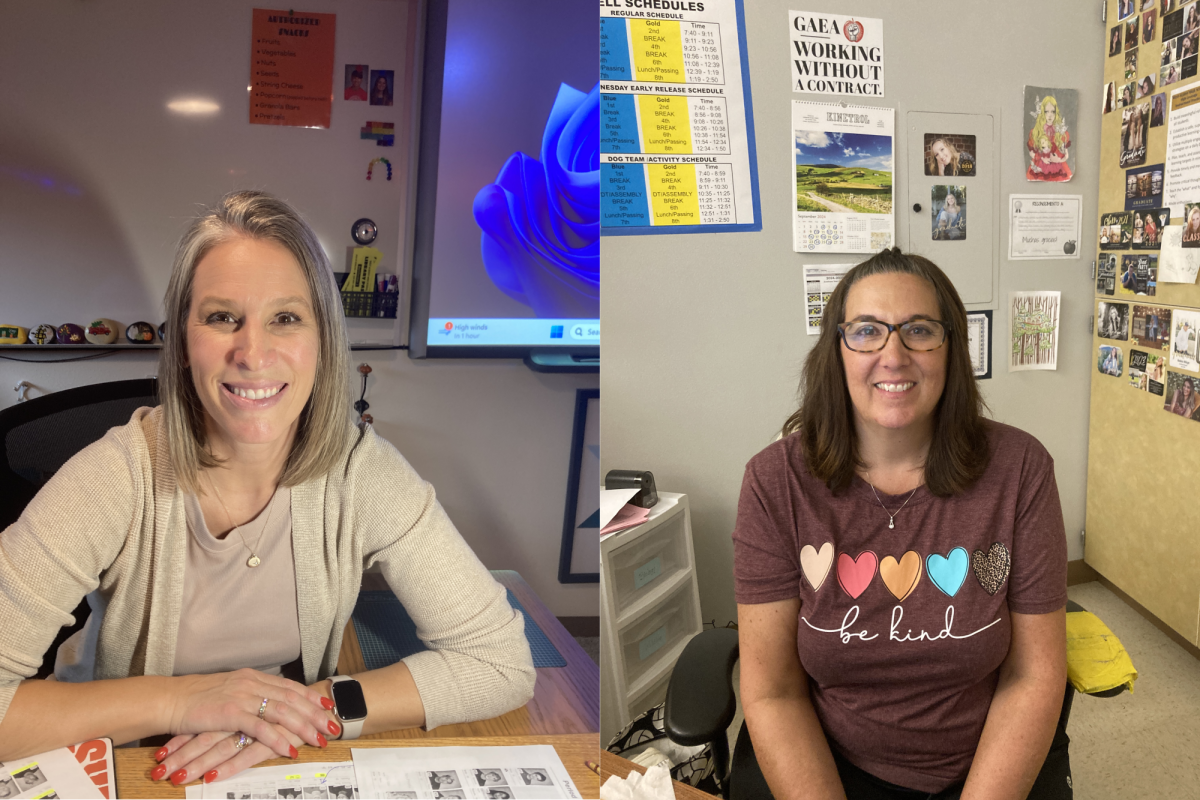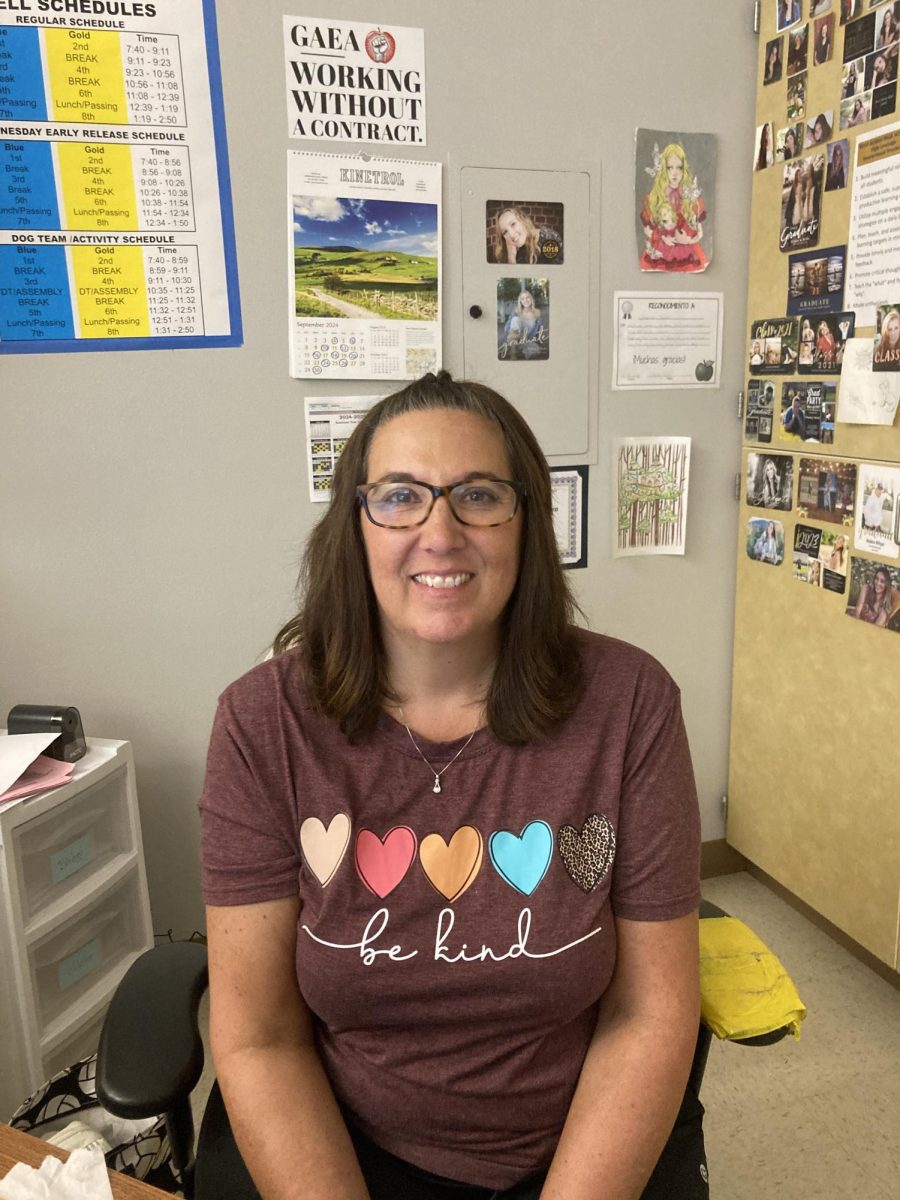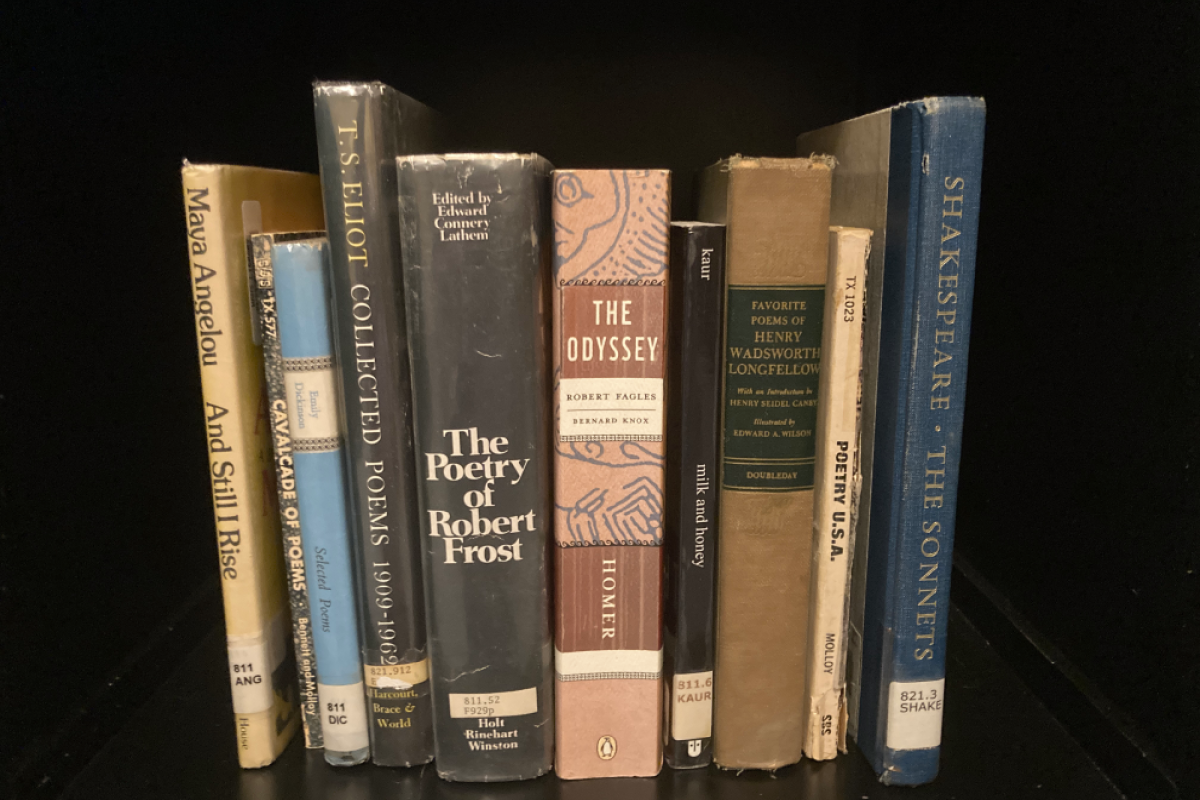TikToks, Reels, Shorts—these are the familiar names of short-form videos that bring creativity, information, and humor to the daily lives of teenagers. According to a study done by the American Psychological Association in April of 2024, 77% of teenagers in the US spend at least two hours a day on TikTok, Instagram, and YouTube.
High schoolers’ frequent use of cellphones in school is a polarizing topic. On one side, teenagers want to be able to communicate with friends and family and have access to social media at their free will. On the other hand, cellphone use creates more work for teachers, who want students to be successful.
“I feel like a phone or technology police officer more than I feel like a teacher some days,” health teacher Jennifer Bornheimer said. “It is very challenging to have kids come in [to] these rooms that are…uncomfortable …and get them to focus on something intentionally for 92 minutes.”
Senior Jillian Madsen disagrees with the idea that social media use lowers her attention span.
“It helps me fill up my time when I’m not really doing anything,” Madsen said. “In some classrooms, I think it hurts. When a lot of students…don’t want to pay attention…they sit around on their phones, and it hurts their learning experience.”
As cellphones and social media have become progressively more easily accessible sources of entertainment for students, teachers have had to come up with solutions to encourage them to participate, even when they may want to be scrolling on TikTok instead of listening to a lengthy lecture.
Bornheimer’s strategy is to “include technology to give them…a little bit of access to what it is that they’re really wanting to engage with rather than just the sit-and-get-lectured style.”
Science teacher Kelli Backer, however, takes a different approach.
“In science and biology, we’re trying to do less with the Chromebooks, more on paper, so that it’s more traditional-type school[ing], and then it takes away that potential distraction,” Backer said.
West Albany High School is strict with cell phones nowadays, but that doesn’t mean its teachers don’t understand the allure of them; they try their best to empathize with students and where they’re coming from. They want to connect with them, and most importantly, they want their students to listen.
“It’ll be there when [they] have a chance to check it,” said Backer. “But it’s about learning how to make those choices and I think…there’s a lot of drama and excitement and things that are out there that are not biology.”
Bornheimer agrees with the fact that it’s difficult for students to make these choices.
“When I go to school, I’ve got to lock in and figure out, ‘What are we doing in science class?’ or ‘Why is this concept in my history class valuable for me to know?’ I have to learn how to shut this out and laser in on that. That’s a very adult thing to do with your brain.”
Social media is targeted at young, impressionable minds, but not succumbing to the impulse of something fun is a difficult ask for young adults. When something like social media is just the tap of a finger away, it’s that much harder to distance oneself and focus.
“…That’s tempting, and I get it,” said Backer, “but learning to make those choices and choose appropriate times for cell phones, and choose appropriate times to fully engage with your teachers, and you just might learn something that’s pretty exciting if you do that.”
Moderation is essential with social media, but it’s so difficult to stop the doom scroll.
“It’s all about balance,” said Bornheimer. “And that’s, I think, the battle.”






